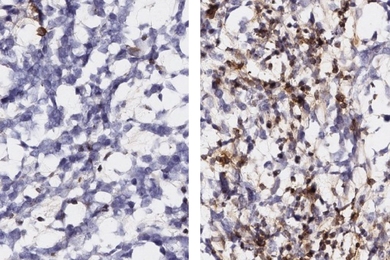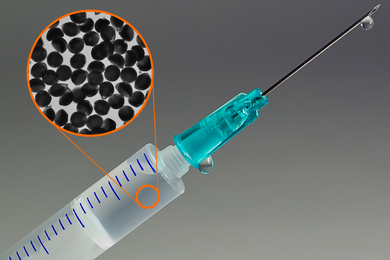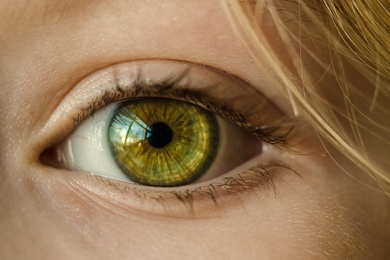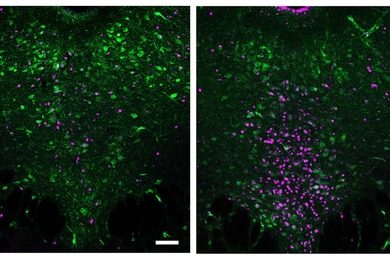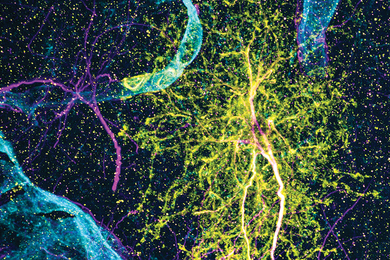MIT HEALS leadership charts a bold path for convergence in health and life sciences
Angela Koehler, Iain Cheeseman, and Katharina Ribbeck are shaping the collaborative as a platform for transformative research, translation, and talent development across MIT.




